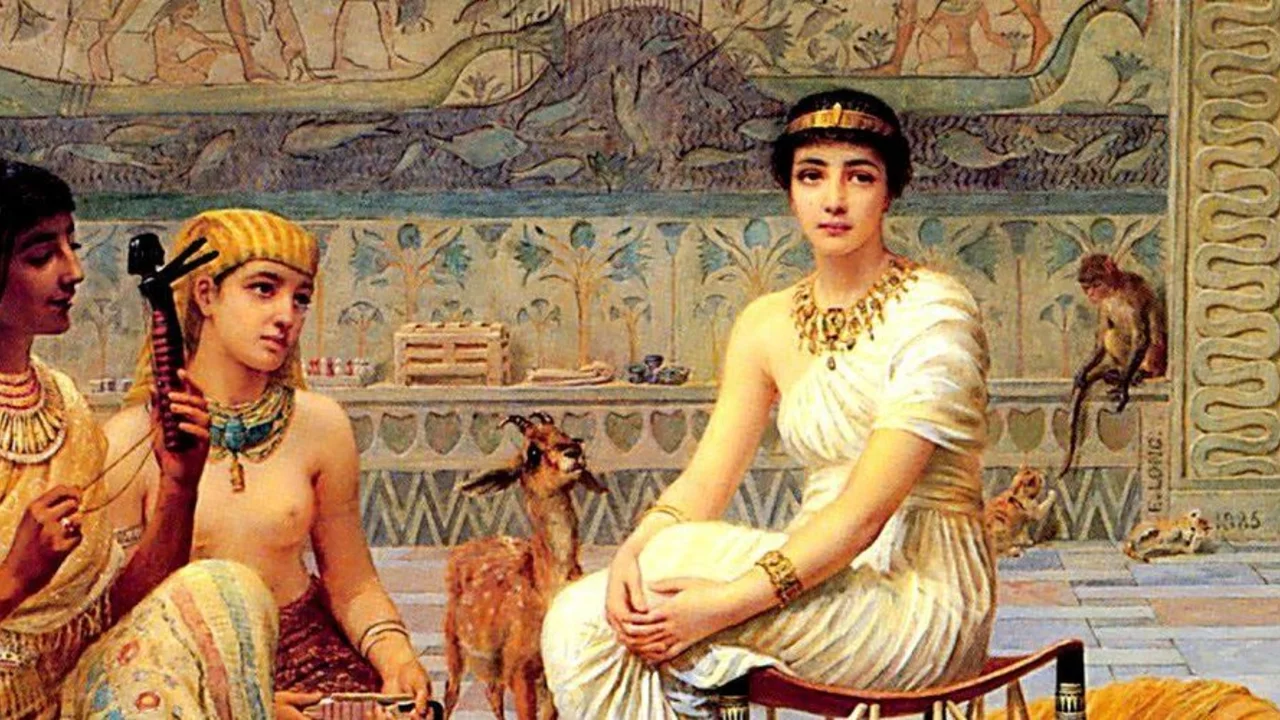An Introduction to Ancient Arabian and Persian Princess Attires
I've always been fascinated with the history of clothing, its function and aesthetic. The ancient Arabian and Persian civilizations had some of the most distinctive and innovative clothing designs, particularly for their royal princesses. Imagine being an ancient princess from those eras, the expectation to continually be at the pinnacle of elegance, your every move under the scrutiny of the people. Not just that, these princesses were style icons, setting trends with their unique fashion choices. Well, I have no first-hand experience myself but definitely have Isabella to do that!
The Fundamental Fabrics and Materials
In the realms of ancient Arabian and Persian attire, silk and cotton were commonly used as base materials. Silks, imported from China along the Silk Road, were luxury items coveted by princesses. These lightweight, breathable, and easily dyeable fabrics, combined with intricate weaving techniques, generated beautiful garments. Interesting fact, Persians were one of the first civilizations to produce and use satin, which was initially reserved only for royalty. Just the mention of silk and satin, I am reminded of Reyan and Sienna rummaging through Isabella's collection of silk scarves. Kids, eh?
The Regal Robes of Arabian Princesses
One can't discuss ancient Arabian attire without mentioning the ‘Abaya'. It is a long, flowing robe typically worn by women, but the versions owned by the royalty were understandably lavish. These royal robes were typically of rich colours like purple, dark red and black and were adorned with gold and silver embroidery along with precious stones. A royal abaya was more than just a clothing item, it was a symbol of status and power. So, next time you spot an Abaya, know that it's got more to its tale than its flowing silhouette.
Arabian Princesses: Exquisite Head and Footwear
Elegance also extended to what these Arabian princesses wore on their feet and heads. Shoes, often made from soft leather, were delicately embroidered and decorated, often with fine metallic thread and even semi-precious stones. But what's really intriguing is the ancient Arabian headdresses. Can you believe they were sometimes decorated with avian feathers? I tried pulling that off at a fancy-dress party once and well, let's say it added more to the laughs than the style quotient.
Ancient Persian Princesses: A Haven of Hassocks and Chakhchirans
Moving onto the Persian princesses, the two primary garments you'd typically hear about are the 'Hassock' and the 'Chakhchiran'. The Hassock, a long undergarment, was gracefully adorned with hand-woven embroidery. Meanwhile, the Chakhchiran, an overgarment, would often illustrate tales from Persian mythology. These artworks made the princesses living, moving pieces of storytelling, their attire a canvas narrating enthralling tales. Makes me recall the time when I thought Isabella’s paisley print dress was telling me a story. In reality, I was just too tired!
Persian Princesses: Tying it Together with Belts and Jewels
Belts, a crucial part of many ancient ensembles, were often adorned with pearls for Persian princesses. Consider it the icing on the cake, cinching the waist and providing a finishing touch to their captivating attire. Pearl-details were also often found on headdresses and jewelry, acting as status symbols just like the diamonds and gold in the present. Even today, culturally, the pearls endured as a gift between lovers or as a sign of affection. It seems I may need to up my game; does online shopping count?
Encapsulating the Elegance: Influences on Modern Fashion
It's fascinating to perceive how ancient Arabian and Persian royal attire has influenced modern fashion. Trends ranging from harem pants to intricate headscarves find their origins in these royal wardrobes. Even the Abaya has evolved, and today you'll find contemporary versions in various fabrics, designs, and colors. So, the next time you see these styles in vogue, remember, you're not just wearing a piece of clothing, you're wearing centuries of craftsmanship and culture with it. Quite reminiscent of the time when Sienna went dressed as a Persian princess for her school's cultural day, her attire almost a homage to the regal elegance of the past.
